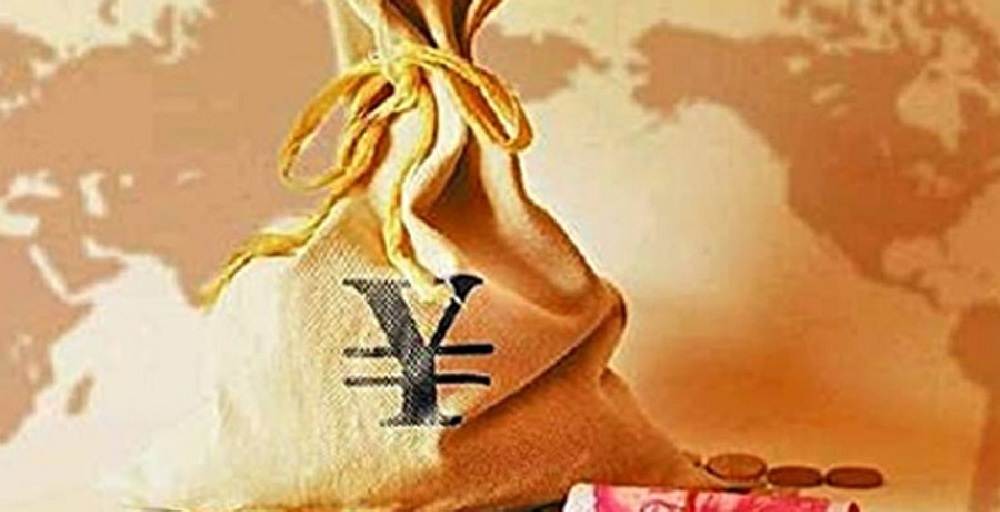
China’s central bank handed investors a confidence booster, strengthening the yuan’s fixing by the most in three months and talking up the currency as markets reopened after the week-long Lunar New Year break.
As Bloomberg noted, the yuan had its biggest one-day advance since a peg to the dollar was scrapped more than a decade ago, as the currency caught up with a decline in the greenback during the holiday. China’s balance of payments position is good, capital outflows are normal and the exchange rate is basically stable against a basket of currencies, People’s Bank of China Governor Zhou Xiaochuan said in an interview published in Caixin magazine over the weekend.
The currency appreciated 1.25 percent, the most since July 2005, to 6.4954 a dollar as of 4:36 p.m. in Shanghai, according to data compiled by Bloomberg. The offshore yuan rose 0.14 percent to 6.4991, broadly in line with the onshore rate. The People’s Bank of China raised its daily fixing against the greenback by 0.3 percent, the most since November. A gauge of dollar strength declined 0.8 percent last week while the yen climbed 3 percent and the euro advanced 0.9 percent.
Yen, Euro
“The PBOC more or less judged the movements of the yen and the euro and saw that as a risk-off situation and fixed accordingly,” said Tommy Ong, managing director of treasury and markets at DBS Hong Kong Ltd. “They also probably continue to see capital outflows as well, which is why they fixed stronger.”
Some of the onshore yuan’s gains are catching up with those of the dollar and the offshore rate during the holiday, said Sue Trinh, Hong Kong-based head of Asia foreign-exchange strategy at Royal Bank of Canada. The currency traded in Hong Kong rose 0.9 percent last week.
A Bloomberg replica of the CFETS RMB Index, which is composed of 13 currencies, advanced 1.3 percent to a two-week high of 100.66. The official index was unveiled in December and the dollar has the largest weighting of 26.4 percent, followed by the euro and the yen with 21.4 percent and 14.7 percent, respectively.
The exports data "hint that the Chinese currency is still under pressure to weaken," Zhou Hao, senior economist at Commerzbank AG in Singapore, wrote in a research note.
Photo: www.youtube.com







